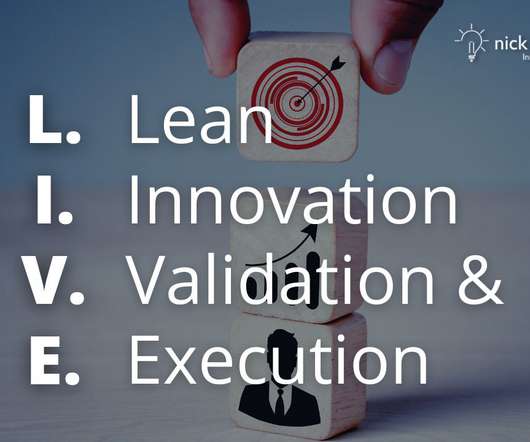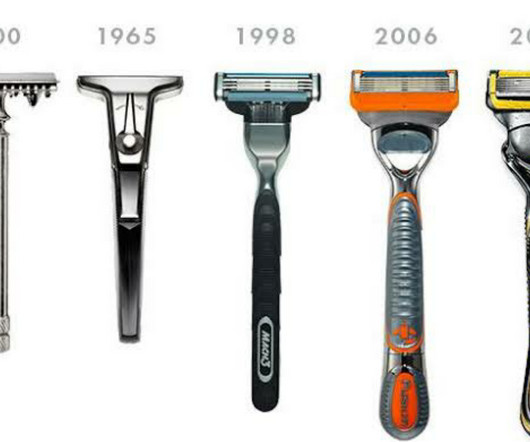L.I.V.E. (Lean Innovation, Validation & Execution): A new, more effective way to manage multiple innovation projects
Idea to Value
NOVEMBER 7, 2022
Traditional project management and financial management processes and principles are designed to produce robust plans for exactly how a project should run, and select only projects which are likely to succeed. Clear in design ( “we know roughly what the perfect solution looks like and how it needs to be configured “).














Let's personalize your content